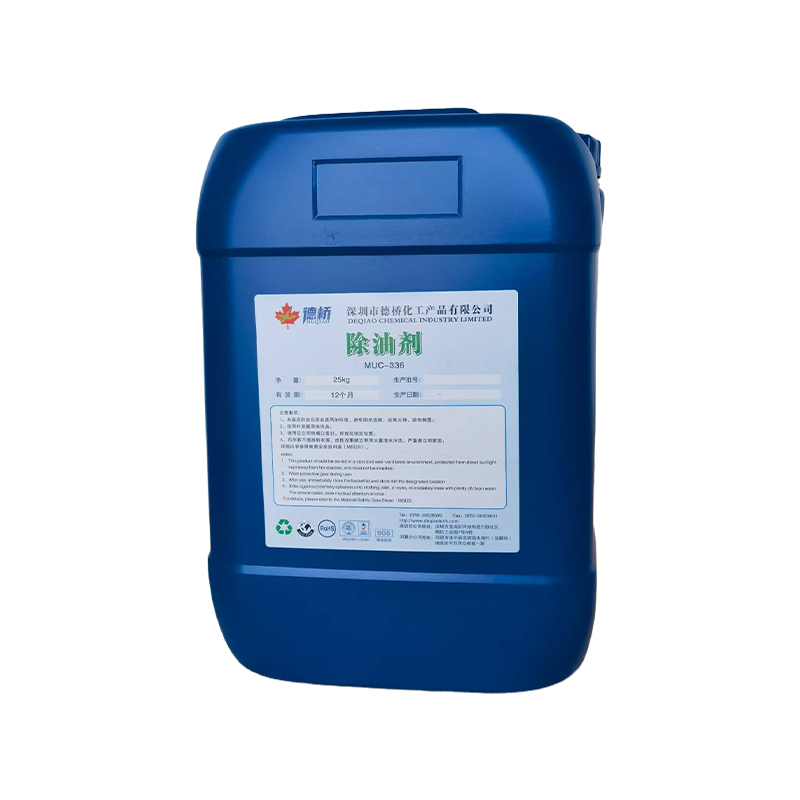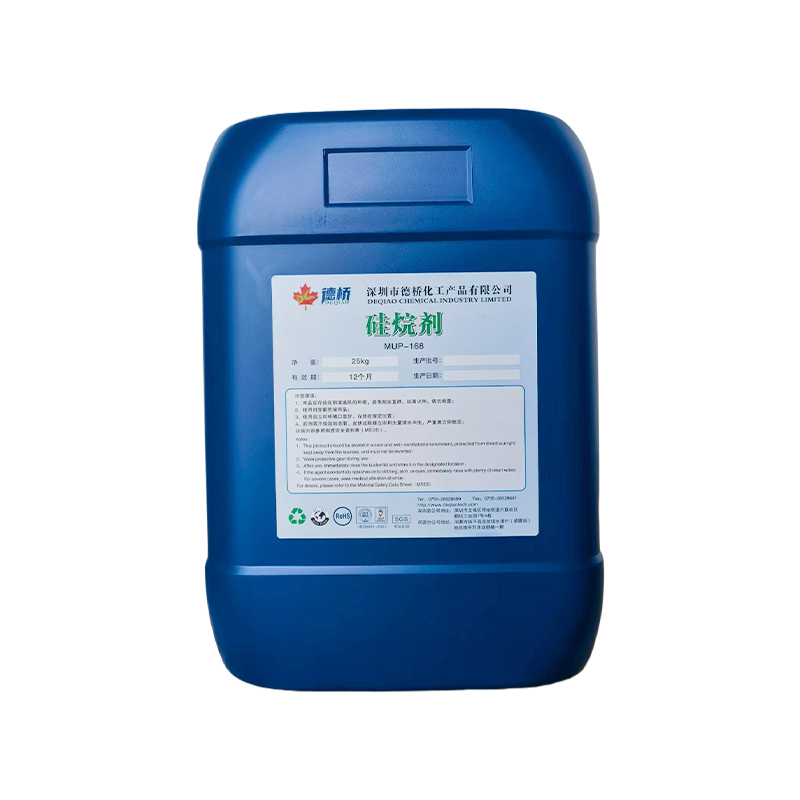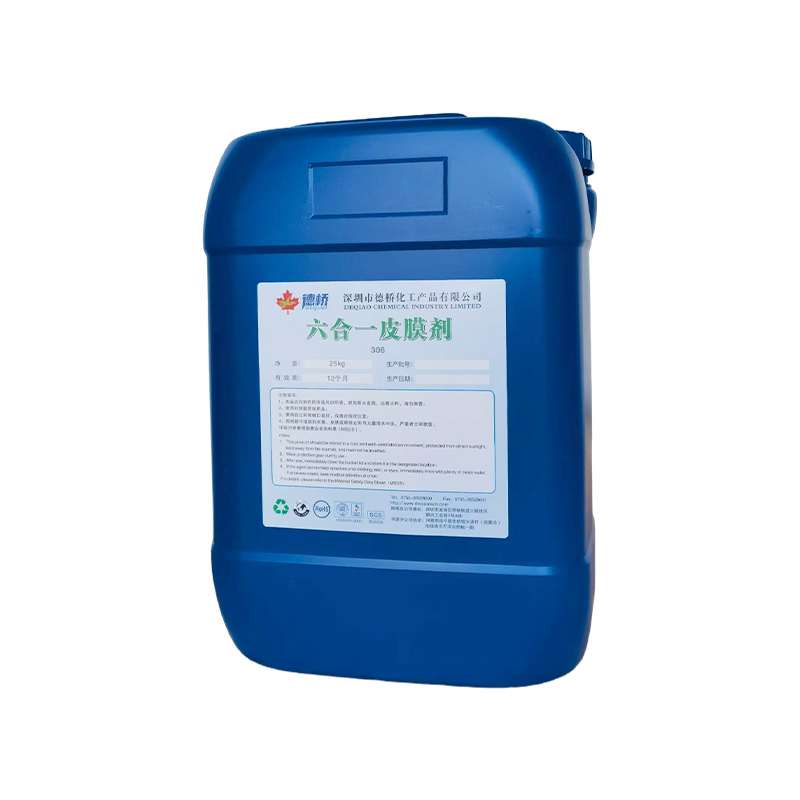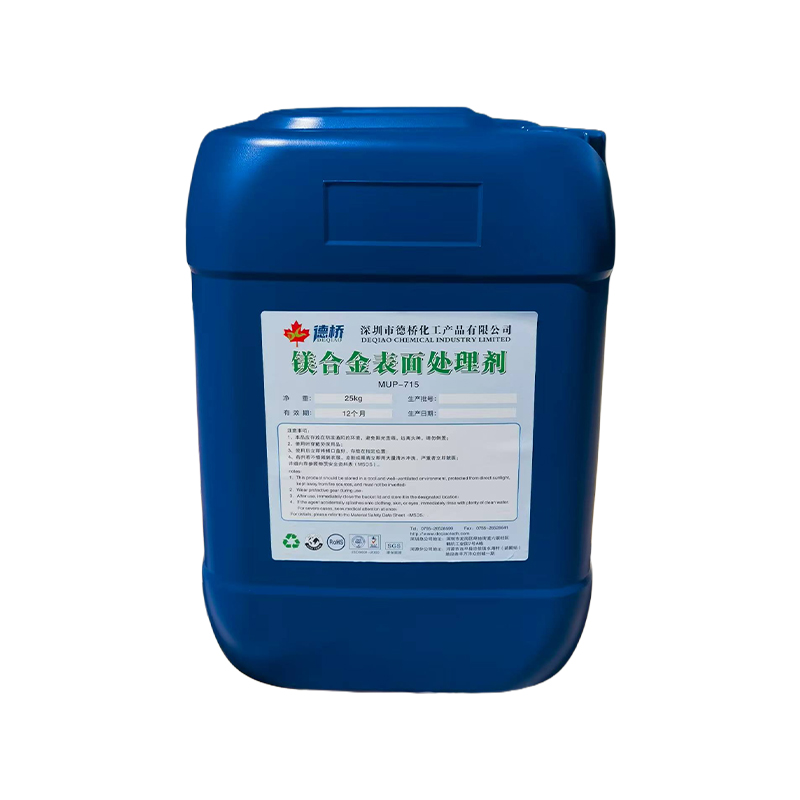Can phosphate-free degreasing agents effectively remove oxidation residue from aluminum alloy surfaces?
Release Time : 2025-10-13
In the precision manufacturing of aluminum alloys, surface cleaning is a critical pretreatment step that determines the quality of subsequent coating, electrophoresis, anodizing, or bonding. During processing, handling, and storage, aluminum alloy workpieces inevitably become contaminated with various contaminants, such as lubricants used during stamping, residual cutting fluids from machining, fingerprints and sweat from operator contact, and thin oxide films formed from exposure to air. Failure to thoroughly remove these contaminants can severely impair coating adhesion, leading to blistering, flaking, or cosmetic defects, and even shortening product life. Traditional degreasing agents often rely on phosphates as additives to enhance their decontamination capabilities, but their environmental impact is increasingly limited. Against this backdrop, the ability of phosphate-free degreasing agents to effectively remove these complex contaminants becomes a key consideration in determining their suitability as alternatives to traditional products.
Phosphate-free degreasing agents utilize an innovative chemical formula system that eliminates reliance on phosphates. Instead, they utilize a synergistic combination of biodegradable surfactants, organic chelating agents, alkaline builders, and corrosion inhibitors to achieve a balance between efficient cleaning and environmental performance. For water-insoluble oils like stamping oil and cutting fluid, the nonionic and anionic surfactants in the phosphate-free degreasing agent significantly reduce the surface tension of water, stripping the oil from the metal surface and emulsifying and dispersing it in the cleaning fluid to prevent it from reattaching. Its optimized molecular structure enables it to form stable micelles at low concentrations, encapsulating oil droplets and suspending them away from the workpiece surface, ensuring thorough cleaning.
Phosphate-free degreasing agents exhibit excellent hydrolysis and dispersibility for mixed contaminants such as fingerprints and hand sweat, which contain organic acids, salts, and sebum. Its alkaline components neutralize acidic substances, preventing corrosion on aluminum alloy surfaces. Furthermore, through wetting and penetration, it penetrates deep into the microscopic crevices left by fingerprints, breaking them down and rinsing them away. This type of contamination often has strong adhesion, forming stubborn stains, especially after prolonged storage. High-quality phosphate-free degreasing agents, with their enhanced penetration and moderate alkalinity, can completely remove it without damaging the substrate, ensuring a pristine surface.
Although the natural oxide layer on aluminum alloy surfaces is thin, improper treatment can affect the uniformity of subsequent processes. Designed with substrate protection in mind, phosphate-free degreasing agents incorporate a highly effective aluminum corrosion inhibitor, forming an extremely thin protective film on the metal surface during the cleaning process, inhibiting excessive alkaline corrosion. This selective cleaning capability allows them to remove loose oxide residue without causing defects such as pitting, whitening, or pitting, preserving the substrate's original gloss and smoothness, creating an ideal "active surface" for subsequent processing.
Furthermore, phosphate-free degreasing agents exhibit excellent adaptability across diverse process conditions. Whether used in ambient temperature immersion, spray cleaning, or ultrasonic-assisted cleaning, their formula is highly stable and reduces the generation of excessive foam, which can impact equipment operation and cleaning effectiveness. In automated production lines, it seamlessly integrates with processes such as water washing, surface conditioning, and passivation. Its bath life is long, and it's less susceptible to rapid degradation due to oil accumulation, reducing replacement frequency and wastewater discharge.
More importantly, its environmentally friendly nature doesn't come at the expense of cleaning power. Modern phosphate-free degreasing agents utilize molecular-level design to enhance degreasing efficiency per unit active ingredient, ensuring they match or even exceed the cleaning performance of traditional phosphate-containing products in a phosphate-free environment. After cleaning, workpiece surfaces are rinsed with water, leaving no residue or water streaks, fully meeting the stringent pre-painting cleanliness standards.
In summary, phosphate-free degreasing agents are fully capable of effectively removing stamping oils, cutting fluids, fingerprints, and oxidation residues from aluminum alloy surfaces. They not only achieve a win-win situation for both environmental protection and performance, but also promote the green and sustainable development of the surface treatment industry. Choosing an efficient phosphate-free degreasing agent safeguards the quality of aluminum alloy products while ensuring environmental responsibility, truly implementing clean production.
Phosphate-free degreasing agents utilize an innovative chemical formula system that eliminates reliance on phosphates. Instead, they utilize a synergistic combination of biodegradable surfactants, organic chelating agents, alkaline builders, and corrosion inhibitors to achieve a balance between efficient cleaning and environmental performance. For water-insoluble oils like stamping oil and cutting fluid, the nonionic and anionic surfactants in the phosphate-free degreasing agent significantly reduce the surface tension of water, stripping the oil from the metal surface and emulsifying and dispersing it in the cleaning fluid to prevent it from reattaching. Its optimized molecular structure enables it to form stable micelles at low concentrations, encapsulating oil droplets and suspending them away from the workpiece surface, ensuring thorough cleaning.
Phosphate-free degreasing agents exhibit excellent hydrolysis and dispersibility for mixed contaminants such as fingerprints and hand sweat, which contain organic acids, salts, and sebum. Its alkaline components neutralize acidic substances, preventing corrosion on aluminum alloy surfaces. Furthermore, through wetting and penetration, it penetrates deep into the microscopic crevices left by fingerprints, breaking them down and rinsing them away. This type of contamination often has strong adhesion, forming stubborn stains, especially after prolonged storage. High-quality phosphate-free degreasing agents, with their enhanced penetration and moderate alkalinity, can completely remove it without damaging the substrate, ensuring a pristine surface.
Although the natural oxide layer on aluminum alloy surfaces is thin, improper treatment can affect the uniformity of subsequent processes. Designed with substrate protection in mind, phosphate-free degreasing agents incorporate a highly effective aluminum corrosion inhibitor, forming an extremely thin protective film on the metal surface during the cleaning process, inhibiting excessive alkaline corrosion. This selective cleaning capability allows them to remove loose oxide residue without causing defects such as pitting, whitening, or pitting, preserving the substrate's original gloss and smoothness, creating an ideal "active surface" for subsequent processing.
Furthermore, phosphate-free degreasing agents exhibit excellent adaptability across diverse process conditions. Whether used in ambient temperature immersion, spray cleaning, or ultrasonic-assisted cleaning, their formula is highly stable and reduces the generation of excessive foam, which can impact equipment operation and cleaning effectiveness. In automated production lines, it seamlessly integrates with processes such as water washing, surface conditioning, and passivation. Its bath life is long, and it's less susceptible to rapid degradation due to oil accumulation, reducing replacement frequency and wastewater discharge.
More importantly, its environmentally friendly nature doesn't come at the expense of cleaning power. Modern phosphate-free degreasing agents utilize molecular-level design to enhance degreasing efficiency per unit active ingredient, ensuring they match or even exceed the cleaning performance of traditional phosphate-containing products in a phosphate-free environment. After cleaning, workpiece surfaces are rinsed with water, leaving no residue or water streaks, fully meeting the stringent pre-painting cleanliness standards.
In summary, phosphate-free degreasing agents are fully capable of effectively removing stamping oils, cutting fluids, fingerprints, and oxidation residues from aluminum alloy surfaces. They not only achieve a win-win situation for both environmental protection and performance, but also promote the green and sustainable development of the surface treatment industry. Choosing an efficient phosphate-free degreasing agent safeguards the quality of aluminum alloy products while ensuring environmental responsibility, truly implementing clean production.







